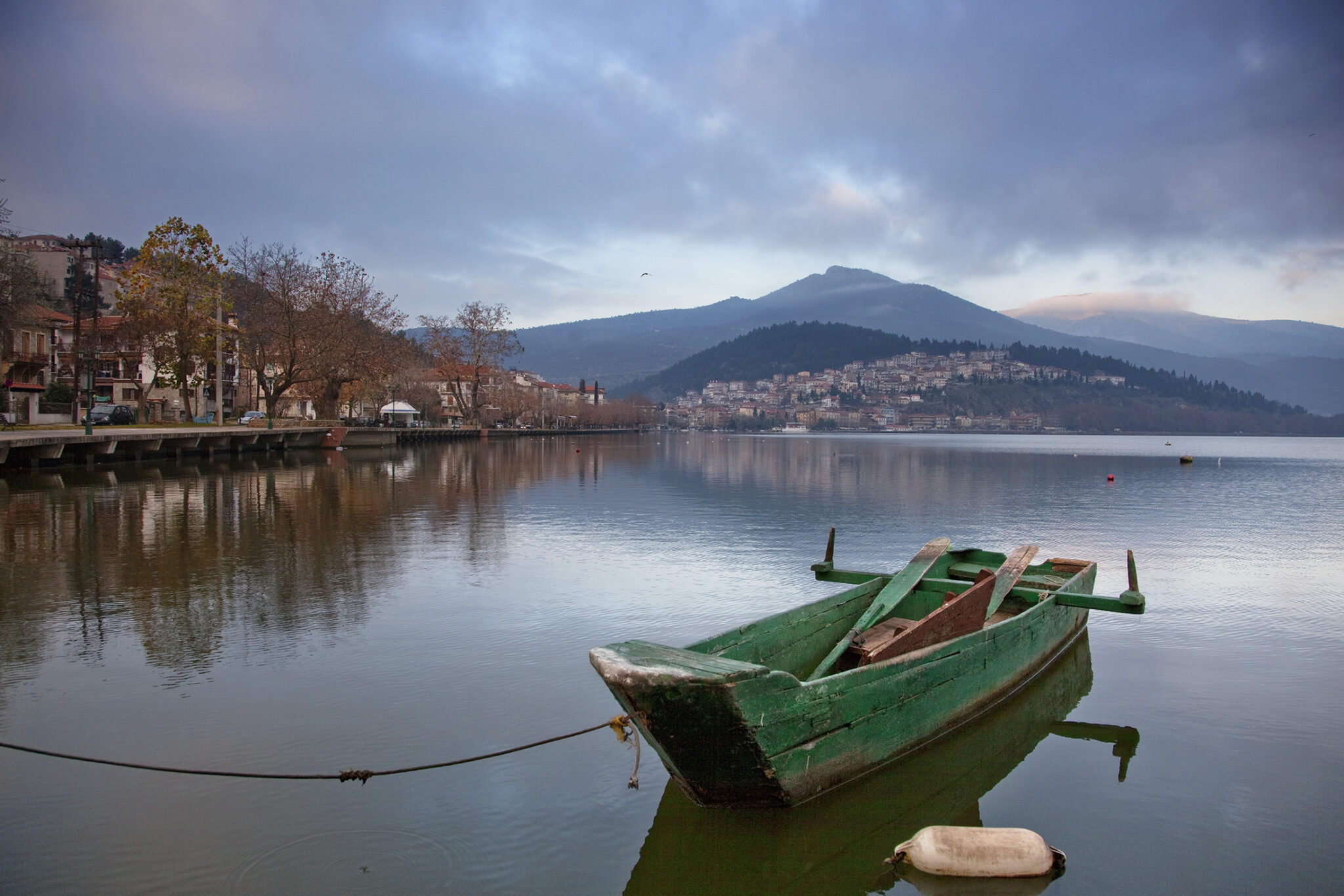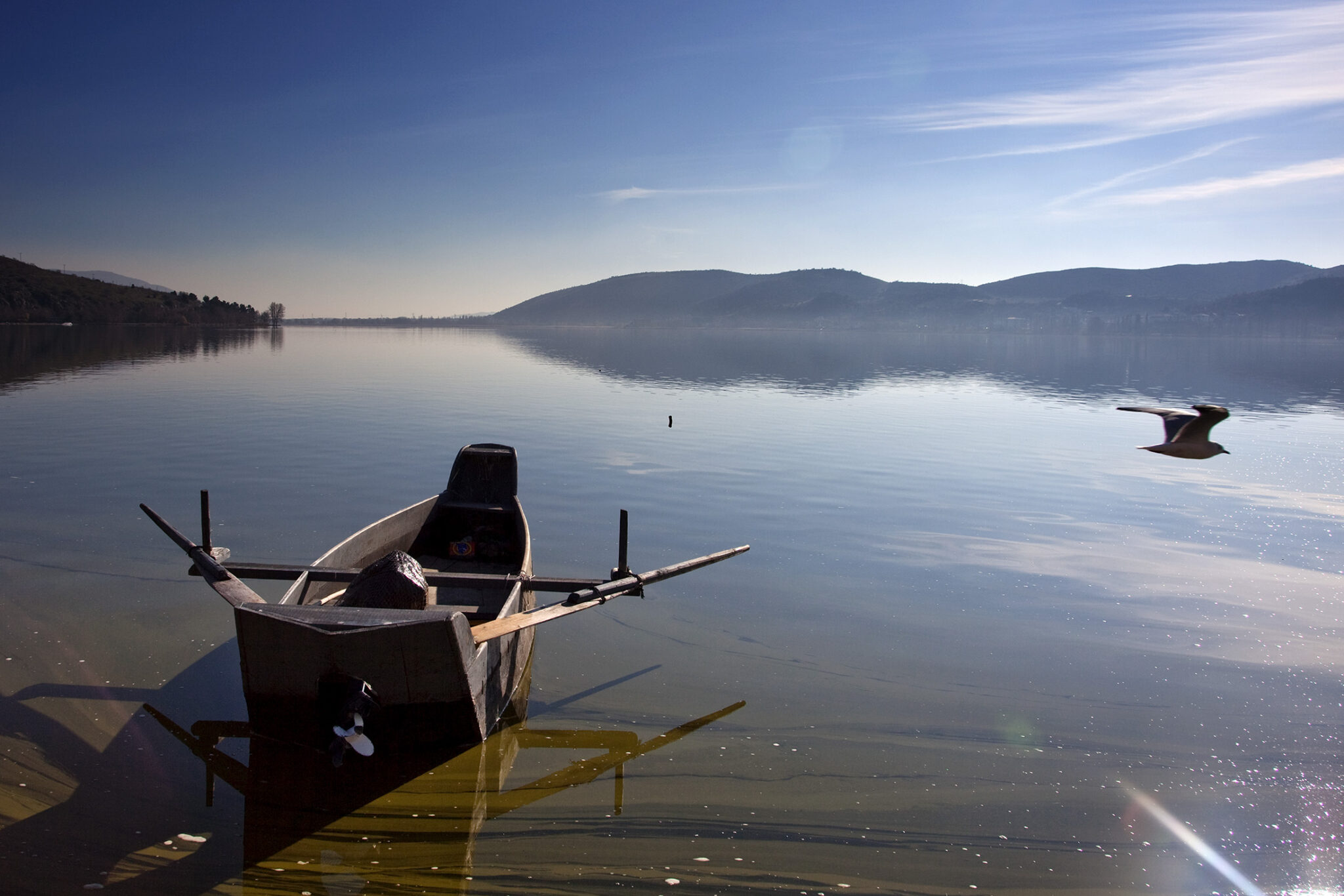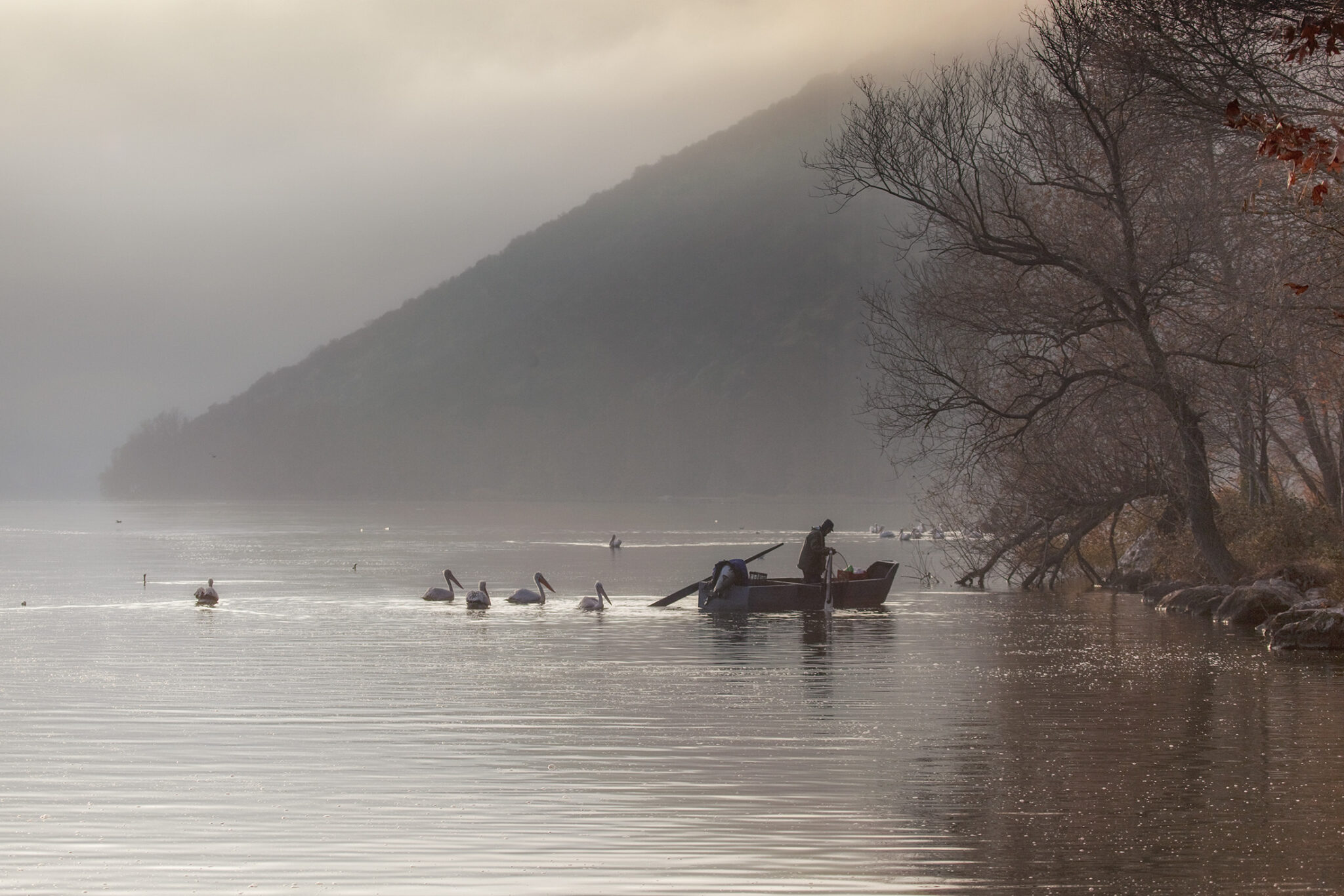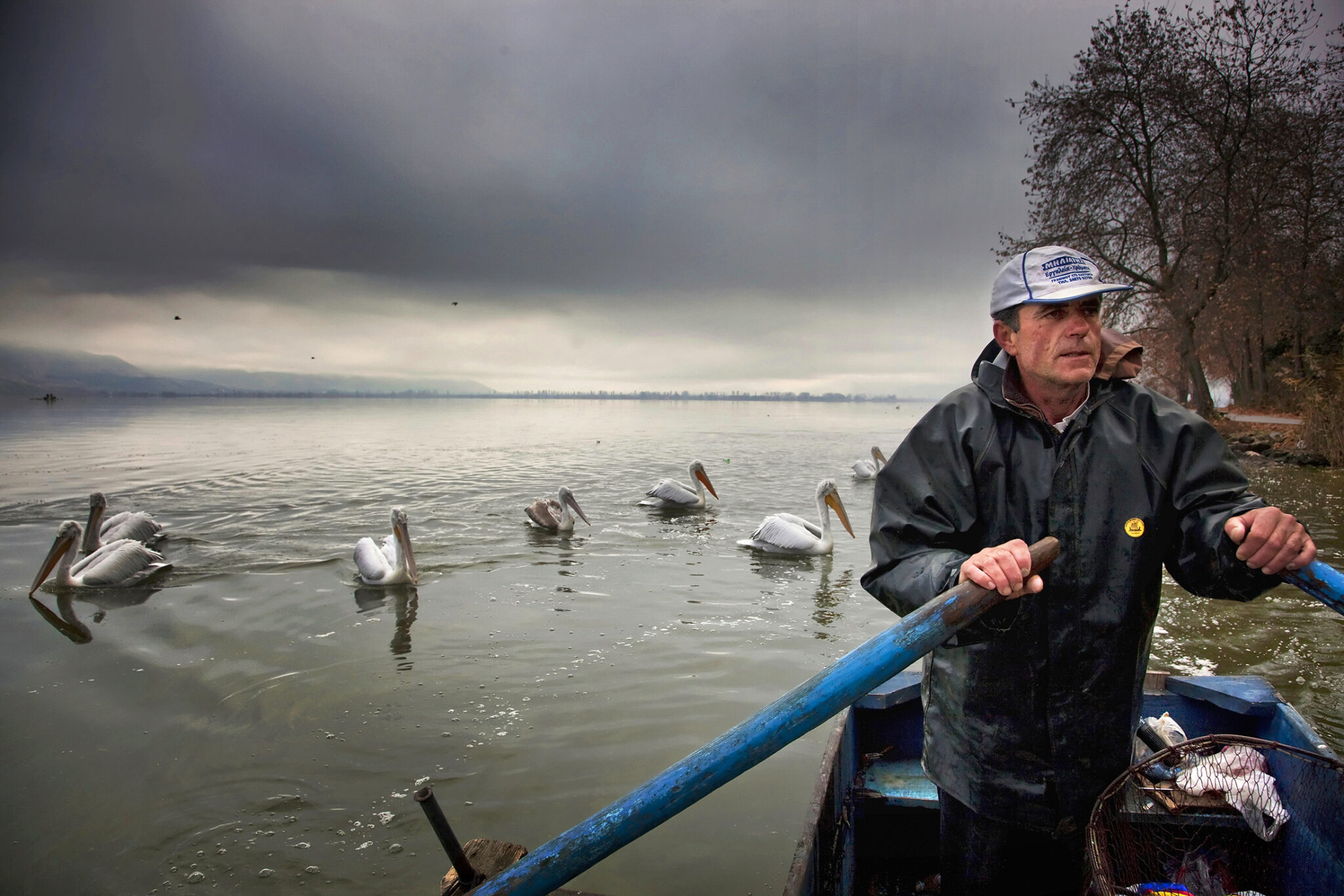On arrival in Kastoria, you can’t help but be fascinated by the wonderful lake landscape of this western Macedonian city, by its well-preserved mansions, Byzantine churches, and the beautiful sights that can be experienced by moving a few kilometres outside to the villages of the surrounding countryside. But, stay a few days in Kastoria, especially if you stroll along the city’s riverside, and it won’t be long before you notice the distinct boats.
They are used for fishing, but also for tourism, since today they often take visitors out on the water, showing them the aquatic flora and fauna of the eleventh largest lake in Greece. But the real attractions are the Kastorian boats themselves, which are often described as “living mobile monuments”. They represent a long-standing tradition which has been in danger of being lost in recent years. Thankfully the tradition is still kept alive, contributing to the unique cultural heritage of Kastorians.
The Kastorian boats belong to the type of lake vessels known as ‘pava’, which can be found outside Kastoria, on the Prespes, Doirani, Vegoritida and Karla in Thessaly. The name ‘pava’ is of Slavic origin, but in the case of Kastoria, because of archaeological finds at Dispilio, we believe that the tradition of such vessels goes back to prehistoric times. The Kastorian boats stand out because the slopes of their sides are minimal or non-existent. Arguably taking a less refined form than larger vessels, they are made from single timbers hewn from tree trunks. Then the internal cavity is created and a thin bow and wider stern are Created.
The Kastorian boats are primitive vessels with a shipbuilding method only observed in the area of Lake Kastoria. Each boat has a solid construction. The boats here were built by craftsmen who had no contact with the sea, but tried to meet the needs of navigating the calm lake waters, extremely shallow in places. There are also swampy sections, and passages through dense reed beds. This is why the fundamental features of the Kastorian boats do not resemble those of the boats in coastal or island regions of Greece.
The boats were used for transporting goods, and also for fishing. The best builders in the past were considered to be those who built them with such mastery that they could compete for speed with waterfowl, which also targeted fish. Today, Lake Kastoria is home to several species of fish, considered the second richest lake in Greece in terms of catches. The most common species are the grayling, the turbot, the goliath, the platies, the grenadiers and the perch.
The Kastorian boats today
The boats are considered an integral part of the local culture of Kastoria. They played a prominent role in the years of the Macedonian Insurgency (1892-1912), carrying weapons and small groups of soldiers. Their role in the war has been immortalised in the songs of the region.
Traditionally they are still made of chestnut or lowland elm wood, with a curved bottom, having a length of between 5 and 7 metres. Sadly, their existence is under threat. Many people are sounding the alarm about the future of the Kastorian boats, pointing out that their numbers are dwindling, due to the gradual disappearance of the craftsmen who make them, and the lack of interest from younger people to whom the necessary knowledge could be passed on.
Read also:
Korissia: The Lagoon in Corfu with Sand Dunes and a Cedar Forest
Northwestern Greece’s wildlife sanctuary in the Prespes lakes










